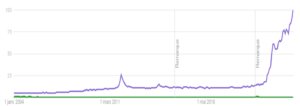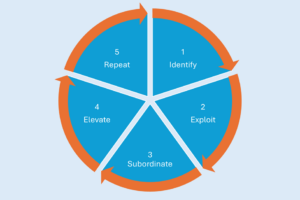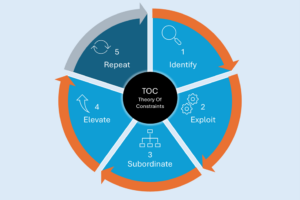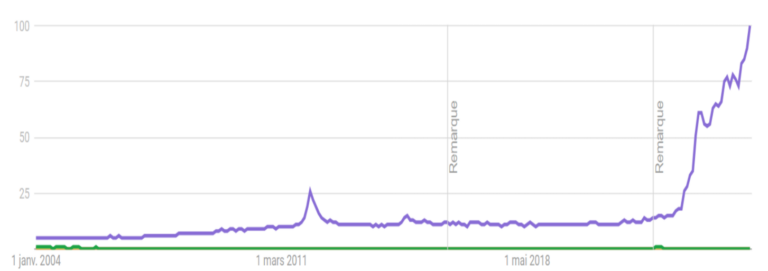When I was a kid I learned to play ping-pong on a homemade table. The boards were not made from one piece, but were made from planks that had been assembled. With time and playing in the garden, the wood had worked, the boards had spread, bent, deformed – it never stopped us from playing hard games, but the bounces were quite unpredictable!
I never developed a good playing technique, but I almost always sent the ball back. When you expect a random bounce, you position yourself best facing the table, and develop reflexes to react at the last moment according to the bounce, going to save each ball.
Positioning facing the table, well balanced on your two legs, is essential. There is nothing worse than starting on the right, anticipating the direction of the next ball, and being caught off guard by a ball on the left. If you manage to maintain a balanced positioning and react right or left at the last moment, you are more likely to hit the ball, and you spend less energy jumping around.
Isn’t that developing supply chain agility? The technique may not be high-flying, sophisticated and very elegant, but if you catch the balls efficiently, serve your customers, and don’t exhaust yourself by running around, that’s not bad, right?
Analogies of a demand-driven operating model:
- You don’t know what the real demand is going to be, the direction of the rebound…
- Before the bounce, all you can do is be in good shape, be trained, position yourself in the best possible way, and don’t go too early in a given direction.
- As soon as the bounce comes, let the reflexes you have developed do it, you are in automatic mode in this very short reaction time.
Demand Driven Planning
In a similar way, you prepare the operating model of your supply chain so that it is well trained, well positioned, and doesn’t go off in the wrong direction too soon. When the real demand arrives, you let the mechanics, the reflexes, do the work in an automatic or semi-automatic mode. You then learn from your mistakes and improve your game.
Accepting that the bounce will be random is not always easy. As planners we have been trained to anticipate, to see far ahead, to prepare scenarios. We developed a master production schedule spanning over several weeks, anticipating the demands, as we would anticipate the likely sequence of the next moves in a chess game, possibly aided by powerful algorithms. Unfortunately our game partners are not necessarily predictable, and the courses we play on are hilly!
Expect random bounces and develop your supply chain agility!
If you are interested in learning more about our Demand Driven Supply Chain Software solutions feel free to contact us and see how DDMRP can improve your supply chain.












